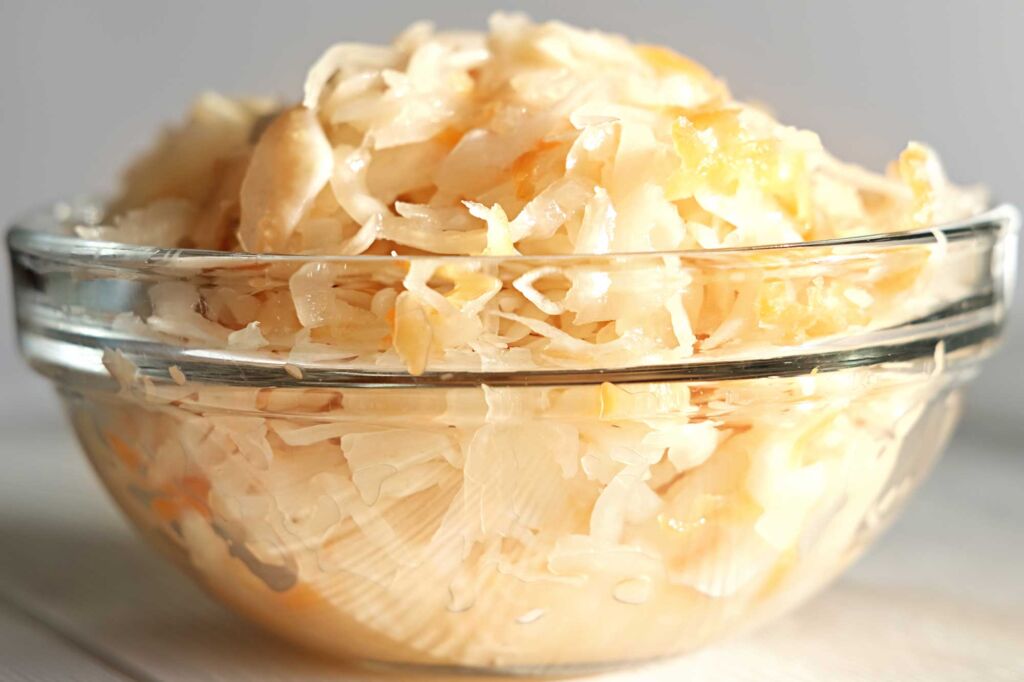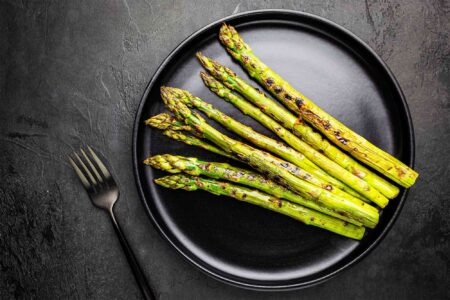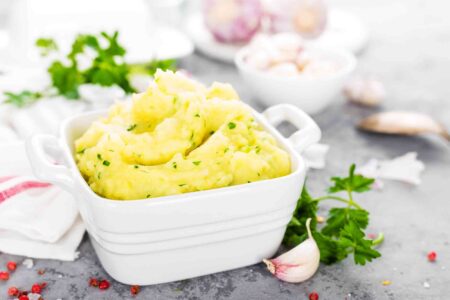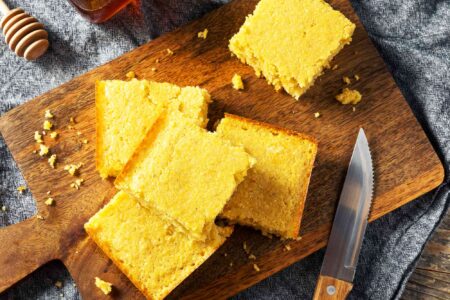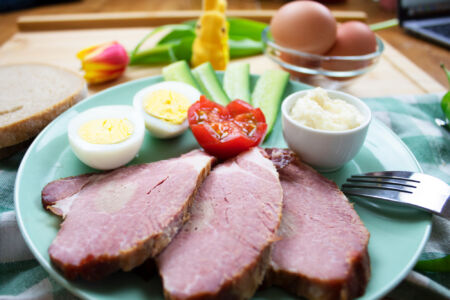Sauerkraut Recipe Like Grandma Used To Make
You can buy sauerkraut in cans or bags – but what many people don’t know is that you can also easily make it.
Sauerkraut is a fermented white cabbage. Because of fermentation the cabbage has a mildly sour taste and is preserved also. |
Making your own sauerkraut is easy, fun and of course you always know what’s in it.
Sauerkraut is healthy, rich in minerals, vitamins A, B and of course vitamin C. The pickled cabbage is particularly suitable for health-conscious persons.
Because it also contains plenty of dietary fibre, together with the natural lactic acid, they have a positive effect on digestion.
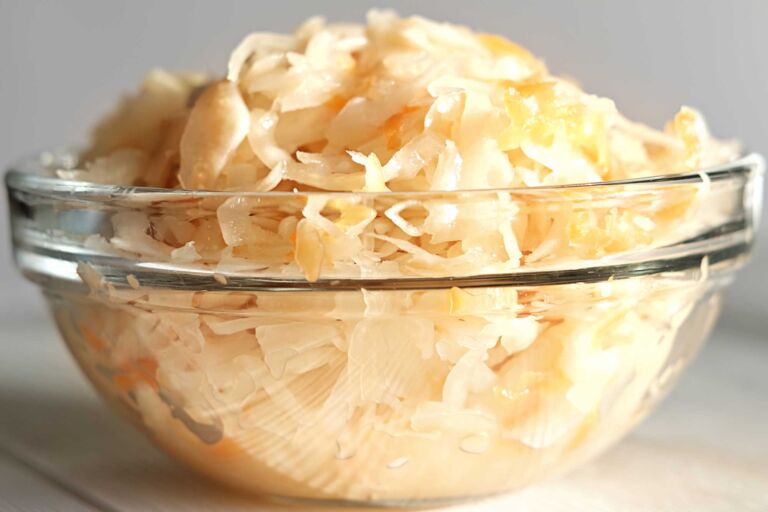
Sauerkraut Recipe Like Grandma Used To Make
| Prep time | Cook Time | Rest Time | Total Time |
|---|---|---|---|
| 20 min | - | 20 min |
7000 years ago the Babylonians said that they have used the natural process of fermentation to make their food last longer. The word fermentation comes from Latin and means nothing other than preservation. During the process, the food becomes acidic in pH, making it almost impossible for spoilage pathogens to colonise it.
It converts sugar into alcohol or lactic acid with the help of cell, fungal or bacterial cultures.
We are all familiar with fermented foods, even if we are not necessarily aware of it. This category includes beer, wine, kombucha, kefir, kimchi, cheese, sauerkraut, yoghurt, pickles etc.

When fermenting vegetables, firm pressure and a low-oxygen environment favour the formation of lactic acid.
This first phase occurs after two to three days, depending on the ambient temperature and the freshness of the ingredients. Rotting bacteria no longer stand a chance because the pH value drops and the environment becomes more acidic.
Due to the high salt tolerance, salting the vegetables also helps to prevent the growth of unwanted bacteria, as well as removing water from the vegetables. Lactic acid bacteria are probiotic. That means they are super healthy for our intestinal flora.
In addition to the bacteria already present there, they ensure a good immune system and well-being.
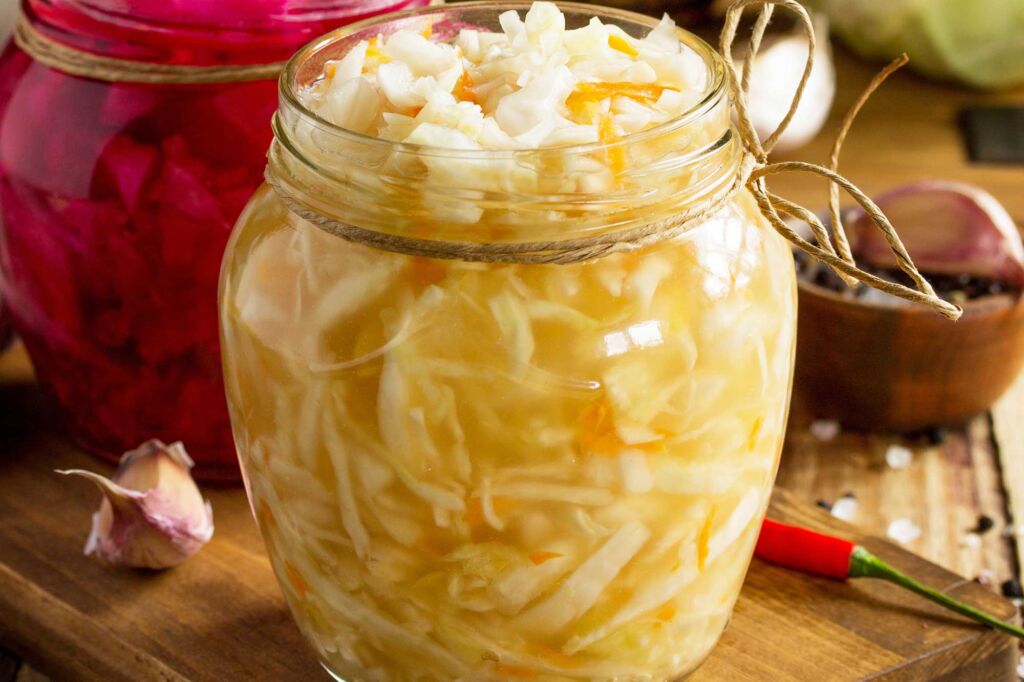
The second phase of fermentation begins around the third day. It lasts between five and twenty days. The duration depends on the ingredients used. The lactic acid bacteria continue to multiply. Incidentally, acetic and carbonic acid develops as well as alcohol. The maturation phase is required for the flavour and aroma to develop.
Making Sauerkraut you actually make your own probiotic food. Use jars that have a loose lid that you can put on. A good example are well-known mason jars.
Ingredients
Instructions
If you want to make sauerkraut yourself, you will need jars with lids.
It is important to boil the cans and lids before use to ensure that they are sterile.Remove the outer leaves of the cabbage and set them aside.
Since the bacteria on the cabbage play an important role, it should not be washed off. It is best to use organic white cabbage.
Remove the core of the white cabbage.Now it’s time to finely grate the cabbage and if you use, the carrot also. This can be done in the classic way with a large knife, but it can also be done with a vegetable slicer or food processor.
15 grams of salt are then added per kilogram of cabbage.
Use natural salt, such as sea salt. Add the grated carrot also.Massage the salt into the cabbage for 5 minutes, then wait 5 minutes and repeat.
Must be at this time a much-reduced volume of cabbage sitting in its own brine.Mix in the bay leaves and the peppercorns.
Now all you have to do is to transfer everything into a jar (or more jars).Press the cabbage down well so it’s firm in the jar, and then fill the jar with the brine that needs to cover the cabbage.
If you don’t have enough brine, you can mix 15 gr of salt with a liter of water and then add as much as you need.Don’t fill the glass completely.
All you have to do now is seal it and let it ferment in a dark place at room temperature for 2 to 4 weeks.Check the cabbage every day or so to release any gases that have accumulated as it ferments, and give it a good stir to release the bubbles.
It’s critical to keep it at an even, cool room temperature – if it’s too cold, the ferment will take longer than you’d like, and if it’s too warm, the sauerkraut may become mouldy or ferment too quickly.
This will result in a less-than-ideal outcome.Enjoy, Good Appetite!

